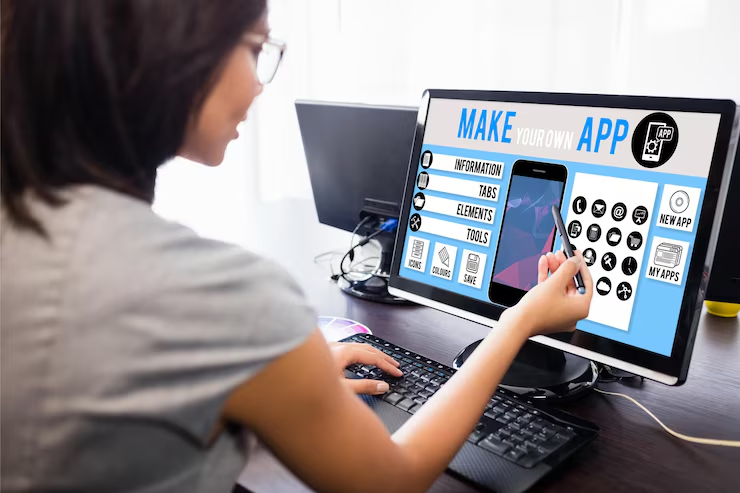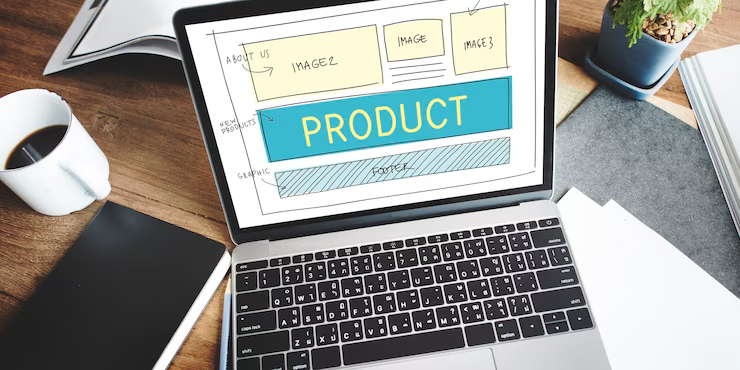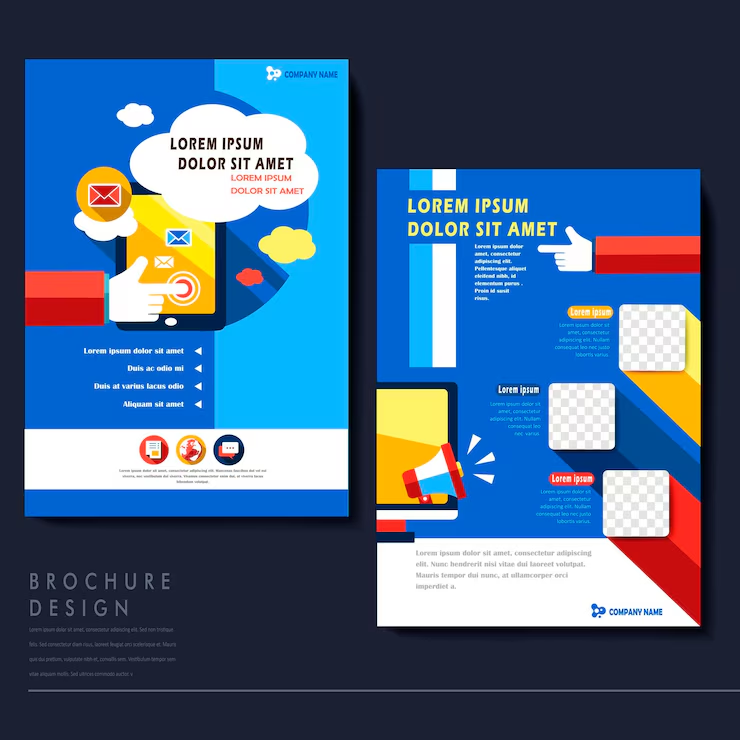 Design of the catalog navigates the user on the right path, striking the balance of creativity and efficiency in products or services. Brands that dazzle the audience have made excellent use of catalog designing services in 2025.
Design of the catalog navigates the user on the right path, striking the balance of creativity and efficiency in products or services. Brands that dazzle the audience have made excellent use of catalog designing services in 2025.
What is Catalog Designing?
Definition and Purpose
Catalog designing is an end-to-end process of creating a publication that is visually appealing to viewers while also delivering relevant and strategically well-organized information about the client's products or services. It tells our company's story, highlights our products/ services, and gives the customer an order to follow.
Key Components of a Catalog
- Cover Page: Always dress to impress. Your cover sets the mood.
- Product Layout: Arrangement keeps product features user-friendly.
- Index/Table of Contents: Navigation is always required.
- Imagery and Branding: It is the element of branding that maintains consistency and enables trust to grow.
- Product Descriptions and Pricing: Description should be precise while pricing is listed at the end.
- Contact Information and CTAs: It must take potential customers through the conversion phase.
Types of Catalogs
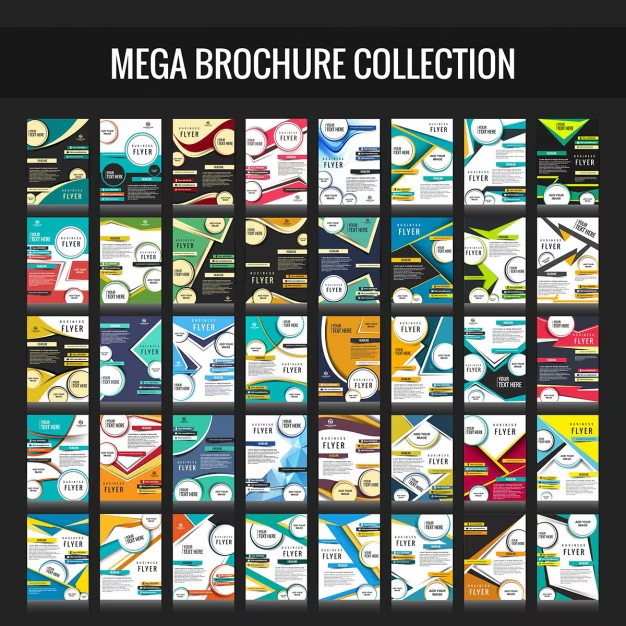
Product Catalogs
These are widely used in the retail sector, E-Commerce, and the manufacturing sector to showcase items for sale, accompanied by product backgrounds, high-res images, technical specifications, and prices.
Digital Catalogs
These are created in a PDF, HTML5, or flipbook format. They are SEO-friendly, shareable, and come with measurements for tracking user actions.
Print Catalogs
Contrary to the digital Wu Xing, which is manifesting a great deal of influence right now, print catalogs are very much on-demand and are very much giving the whole digital world a big, real-world grin. They are replying to trade shows, retail spaces, and direct mail campaigns.
Service Catalogs
Professional agencies, SaaS companies, and vendors would naturally showcase their services, processes, and benefits. Such catalogues are highly used as marketing tools and sales utilities.
Benefits of Professional Catalog Designing Services
Investing in catalog design services can help develop a brand presence, expedite communication, and ultimately improve revenues. Whether on print or digital forms, a professional catalog is much more than simply a product catalog; it is a marketing brochure enhancing credibility, promoting engagement, and delivering conversions. These are some of the prime advantages of the catalog design professionals:Boosts Brand Image and Trust
An attractively developed catalog speaks of the brand's professionalism and quality. A powerful aesthetic impact is created when a design is coherent and features aligned brand colors, typography, logo use, and tone of voice. Quite often, DIY designs lack the finishing and consistency that professional catalogs have, thereby creating distrust in their mind. This mindset should not be created in a potential customer. It should instill trust in the viewers and give the impression of a dependable, established, and customer-friendly firm.
Enhances User Experience
User experience (UX) here is just like that on a website. User navigation is paramount in designing catalogs. Professional designers employ intuitive design layouts, leading readers from one product section to the other with a natural flow for easy location of information. An ideal placement of headings, categories, and visuals will only make the browsing experience more enjoyable. Such organization makes readers more likely to engage for longer periods, gather more information, and, finally, do something about it—be it purchase, quote request, or seeking for more info.
Increases Sales and Engagement
A catalog is more than just something to look through, it’s a selling tool. When designed properly, it can sway a purchasing decision tremendously. Strategies are put into place by professional designers in order to utilize CTAs (Calls to Action), stunning imagery, persuasive copy, and visal stimuli to encourage the reader onto the next step. Whether it's an "Order Now," "Call for Pricing" or a "Learn More," all these cues bridge the gap from interest to action. Engaging visuals with clear messaging keep the user engaged, encourage catalog interaction, conversion.
Saves Time and Reduces Errors
Key Elements in Effective Catalog Design
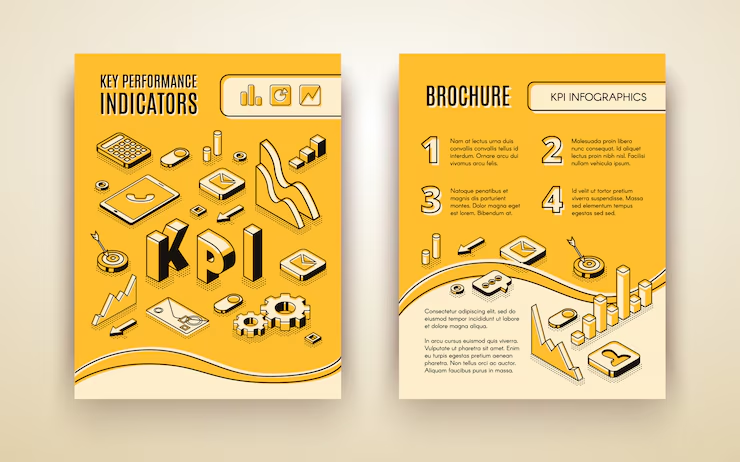 Creating a high-performing catalog involves more than compiling product images and pricing. It calls for a considered, strategic approach to design that enhances clarity, appeal, and conversion potential. Below are the essential elements for good catalog design.
Creating a high-performing catalog involves more than compiling product images and pricing. It calls for a considered, strategic approach to design that enhances clarity, appeal, and conversion potential. Below are the essential elements for good catalog design.
Strategic Layout and Grid System
Strategic layout is the basis on which a catalog stands readable and aesthetically attractive. Through grid systems, elements are placed evenly, aligned, and viewed in bilateral accord. This ensures not only an active improvement of readability but also the development of an orderly scheme through which customers can adequately scan, compare, and focus on key items. A clean-in-appearance grid arrangement makes the catalog look presentable and professional to the users, who, in turn, find it easy to journey through the content.
High-Resolution Product Images
When it comes to a customer's buying decision, nothing short of high-resolution product images will communicate quality and detail. Commercial images accentuate the unique factors, textures, and use of each product, imparting allure and reliability to it. Blurry or poor-quality visuals, on the other hand, would dampen your credibility and affect the customer's perception of the value of your offering. Invest in professional photography that shows off products at their very best.
Clear Typography and Hierarchy
Typography isn’t just about the font you choose; it’s about communication and legibility. A professional catalog uses a consistent typeface hierarchy to differentiate headlines, subheads, product names, and product descriptions. This hierarchy gently ushers the reader through the content. Proper pairing of fonts can evince certain brand traits, including luxe, edgy, or user-friendly, all the while cementing your brand personality and aiding navigation throughout your catalog.
Brand Colors and Visual Identity
Colors are more than mere aesthetics; they communicate feelings and influence decisions. The design of a catalog integrates the visual appeal of color combinations with the brand identity of the company to ensure the availability of recognition and elicit the right emotional response among the audience. For instance, vivid red colors can attract attention to a discount, while peaceful blue can calm the mind, serving further to guide customer perceptions and behavior for tech products.
Product Data Accuracy
Catalogs must be extremely accurate where product data is concerned. Pricing errors, outdated specifications, or lack of detail can lead to confusion, lose credibility, and consequently lead to customer dissatisfaction. Such professional designers usually team up with data managers or the respective content teams so that all product details are verified and promptly updated. The accuracy, therefore, protects your reputation while facilitating the purchase process.Calls-to-Action
Each page within your catalog needs to be geared to create some measure of action. Clear and absolute calls-to-action (CTAs) spur the reader further along their buyer’s journey. Whether “Buy Now,” “Explore More,” or “Contact Sales,” visual- and text-based CTAs serve as the vital converting agents. Placed strategically close to product descriptions or special offers, CTAs help turn quiet observers into active buyers.
The Catalog Designing Process

Step 1: Requirement Gathering
Client specifics, his industry, target audience, product range.
Step 2: Wireframing and Planning
Work out the blueprint of layout before designing ever kicks off.
Step 3: Designing the Layout
Use of designing software like Adobe InDesign for spacing, images, text blocks.
Step 4: Content and Image Integration
Enter contents and images in alignment with consistency and design aesthetics.
Step 5: Review and Revisions
Review draft with client feedback for edits before finalization.Step 6: Final Output
Delivery of catalog with multiple formats: a print-ready pdf, a digital flipbook, and a web-optimized file.
Catalog Designing Tools & Software
- Adobe InDesign — Straddles the industry standard for print-inspired catalogs.
- Adobe Illustrator — Particular recommendation denotes its use for incredible artwork and custom elements.
- Figma — Used by designers worldwide to foster digital collaboration.
- Canva Pro — Made for quick solutions in straightforward tasks.
- FlipHTML5/Issuu — Helpful for producing digital flip books.
Catalog Design Trends in 2025
- Minimalist Layouts—in Layman's term, that would mean clean and uncomplicated design.
- Augmented Reality (AR)—Allows virtual product trials to be viewed on mobile phones and whatnot.
- Environmentally friendly print materials—Because catalog data printed on eco-friendly materials truly adds to sustainable pro-environment values.
- QR Codes or Smart Links—Connected into the physical or print medium.
- Personalized Digital Catalogs—Personalized content would individually suit the interests of each viewer.
Catalog Designing for Different Industries
- Retail & Fashion-Trend-Focused, Seasonal Catalogs with Editorial Approach
- Industrial & Manufacturing-Highly Forgettable, Specs-Heapted, Technically Speaking Resolute
- FMCG: Based On Solutions that Count, Really Real
- Estate-Project Pictures, Floor Plans, and Frequent Location Highlights
- Education: University Course Catalogs and Training Institutions.
Why Hire a Professional Catalog Designing Agency?
Hiring a catalog designing agency means you attract more than creative staff - you merge strategy, industry, and technical knowledge into an end-to-end service that smoothens the whole process while maximizing all possible outcomes. Here are the reasons professionals make an immense difference:Expertise in Layout and UX
Catalog design agencies specialize in user-centered layouts that mirror consumer behavior. Using visual hierarchy, whitespace, and engaging product displays, they know how to guide the reader's eye. The end result is an agency catalog that is not only pleasing to the eye but also geared for the sale and inquiry.
Licensed Assets and Fonts
Professional agencies will have licensed access to stock photos, icons, graphics, and font libraries across the board, assuring that your catalog is not infringing copyright laws. This major benefit can never be availed through DIY tools, which will create serious legal problems from usage of assets against their law. Therefore, with legally used materials, you get quality and mental peace.
SEO in Digital Catalogs
End-to-End Services
Cost of Catalog Designing Services
Factors Affecting Cost:
- Page Count
- Custom Design vs. Templates
- Complexity for Industry
- Print Formats vs. Digital
Estimated Pricing (INR):
- Basic (8–10 pages): ₹8,000 – ₹15,000
- Intermediate (10–30 pages): ₹20,000 – ₹40,000
- Advanced (30+ pages): ₹50,000+ (USD
- equivalent: $100 to $600+)
Common Mistakes to Avoid in Catalog Design
- Using Low-Quality Images
- Ignoring User Flow
- Branding Inconsistencies
- Omissin Pricing Info
- Not Optimizing for Print or Digital
Catalog SEO & Digital Distribution Tips
- Descriptive File Names E
- d Catalog on Your Website
- Promote through Social Media and Email
- Present Mobile Optimization
- Use Analytics for Insights
Choosing the Right Catalog Designing Partner
What to Look For:
- A certified portfolio within your niche
- Experience with both print and digital
- Testimonials and ratings from former clients
Questions to Ask:
- What tools are being utilized?
- Will you provide revisions in the design?
- Can you assist in the process of printing or distribution?
Catalog Designing Services by Infimintus Technologies
At InfimintusTech, we create beautiful product and service catalogs that incorporate your business brand. Our catalog design services cover the entire design journey-all the way to final delivery in print or digital format.Why Choose Us?
-
In-house team of creative experts
-
Tailored designs to your industry
-
SEO-friendly and mobile-optimized formats
-
Affordable without compromising results.
Conclusion
Catalog designing today is no longer just listing products; it plays a much-holistic branding and marketing touch reflecting the professionalism and value in your organization. It doesn't matter whether you are a retailer, manufacturer, or service provider; expert catalog design would work wonders to enhance your brand image, user engagements, and eventually sales.Frequently Asked Questions
Q1: How long does it take to design a catalog? Designing a catalog usually takes one to three weeks. Factors that influence this include the number of pages, layout complexity, customization, and the quality of material provided. A week is sufficient for simpler catalogs with a few products. Elaborate catalogs with different product types, edited images, and custom branding can take longer; plus, more time will be needed if more than a few rounds of revisions are needed.
Q2: What file formats do you provide? Materials will include catalogs in several formats suitable for both digital and print purpose. You receive high-resolution print-ready PDFs with bleed and crop marks for printing, PDFs optimized for keeping online, and even HTML5 interactive versions to bring in greater digital engagement. Original-source files, if required, may also be provided in Adobe InDesign, Illustrator, or Photoshop, which will enable your team to do any edits or translations more easily.
Q3: Do you design eCommerce product catalogs? Yes. We design eCommerce catalogs for B2B and B2C businesses. Our team is experienced in the specifics of digital commerce and has therefore devised catalog formats that create seamless shopping experiences for customers. Whether showcasing seasonal product lines or a full inventory, our designs speak to read-ability, consistent branding, clear categorization, and actionable product listings that bind beautifully into your online store or digital platforms.
Q4: Is SEO included in your catalog designing? Yes, indeed. Whenever we create a digital catalog, we will apply the best practices of SEO to improve visibility in search engines. This means embedding keywords into product titles and descriptions, alt tags for images, more search-friendly formats, and optimizing the structure for indexing. This way, in case your catalog is online, the defined techniques are going to naturally increase traffic by making it easier for your customers to find products on Google and other search engines.
Q5: Do you offer print services too? Of course, we, too, have professional print services alongside the design. We have tied up with good quality print vendors for providing a complete end-to-end solution with them. From the right paper type and finish to the binding options and delivery, we can provide an overall picture-perfect final printed catalog. Whether you need 10 copies for a product showcase or thousands for mass distribution, we take care of it all with an eye for detail.
Read Our Another Article's: Social Media Management Services: A Complete Guide in 2025









